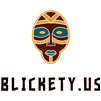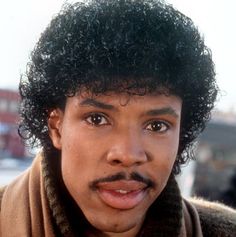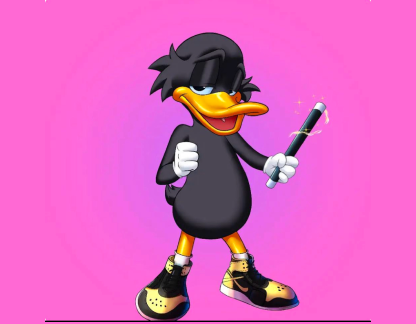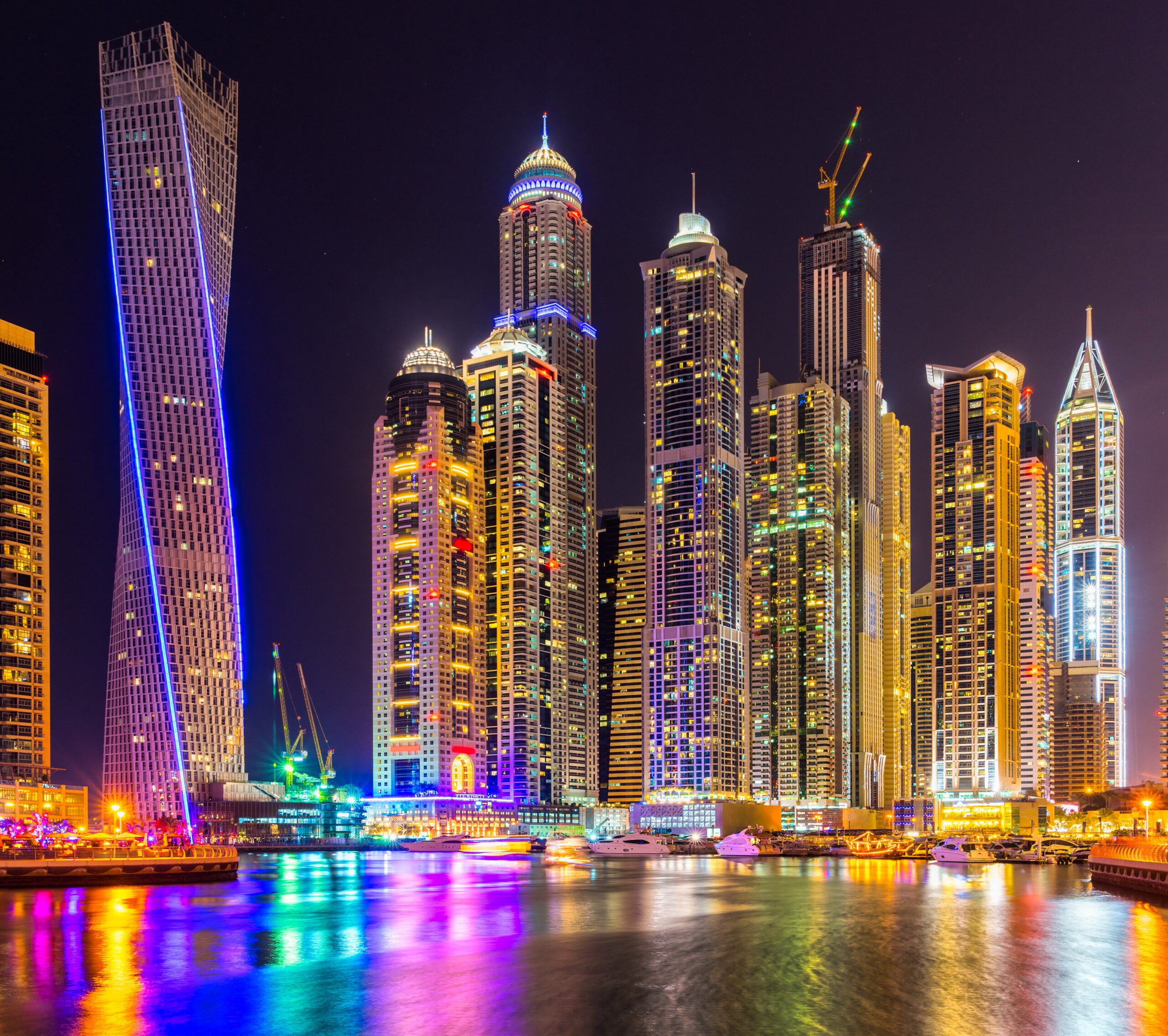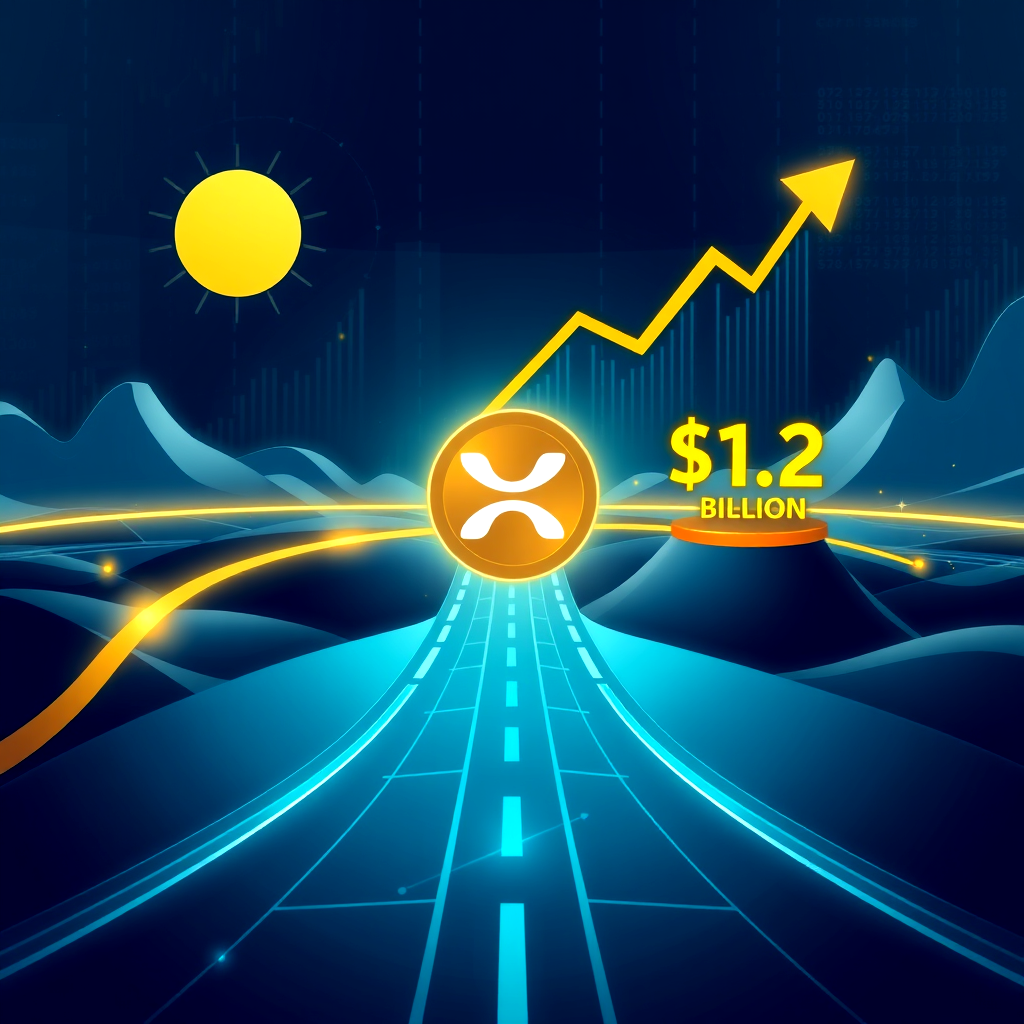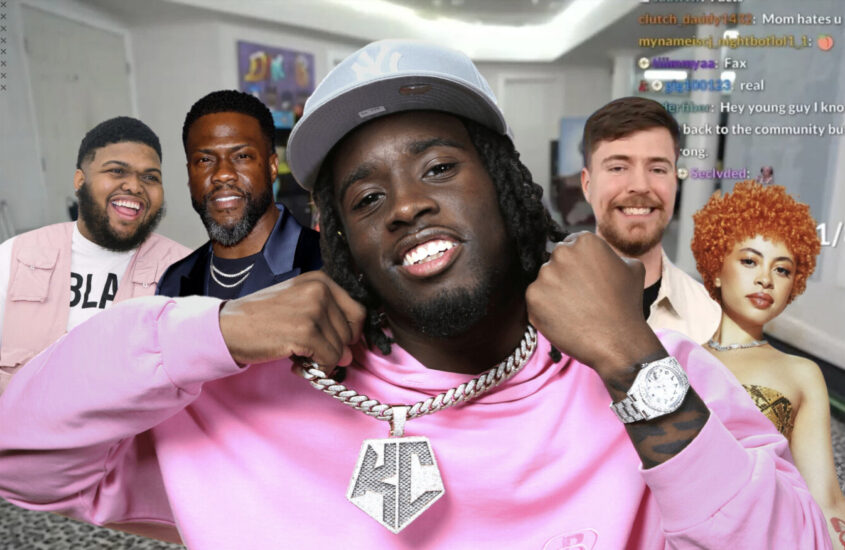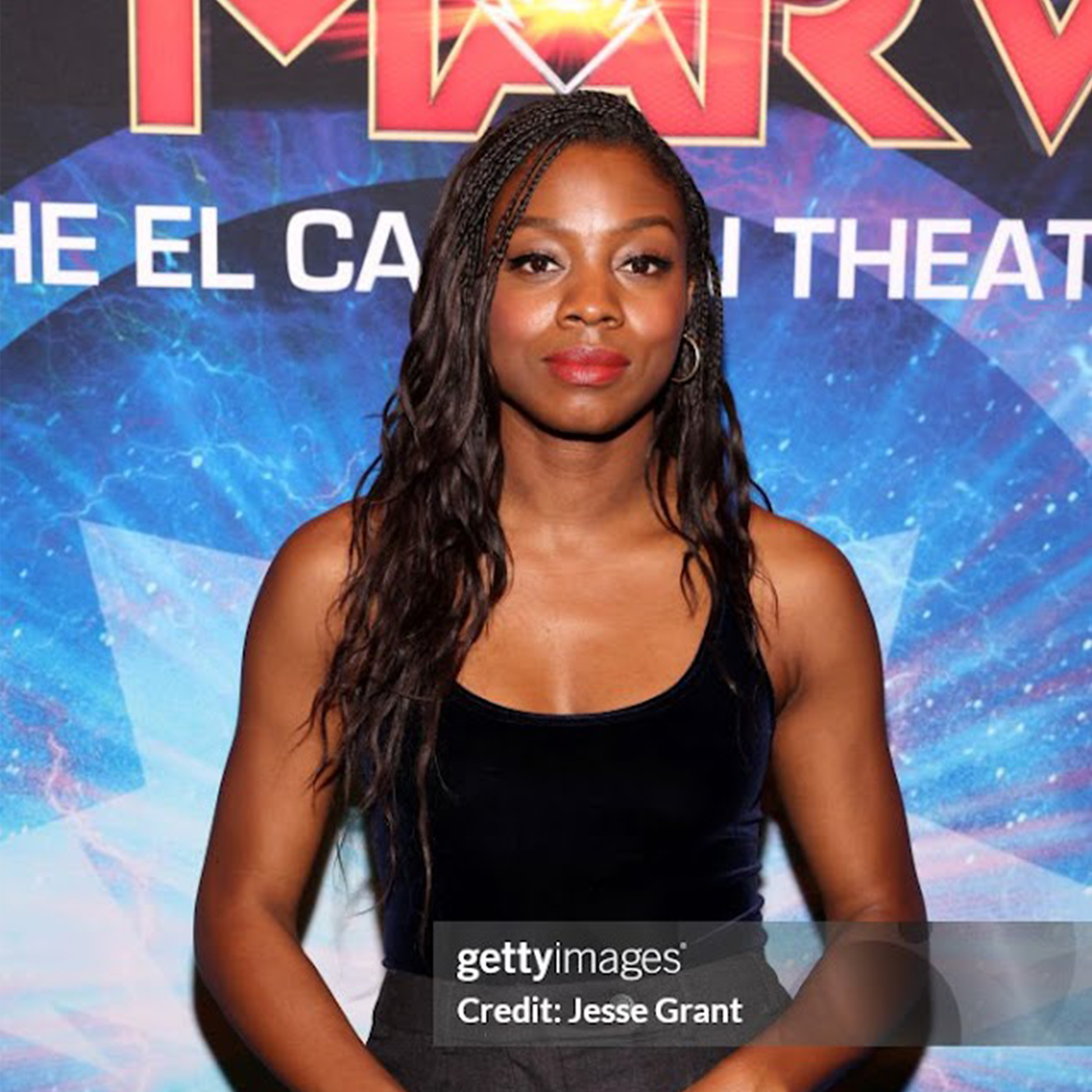The Retro Revival of Beauty Trends
We’re in an era where iconic beauty trends from past decades are making a big comeback. From the sultry ’90s brown lipstick that once dominated grunge and R&B aesthetics to the defiant return of the infamous side part, beauty is clearly cyclical. The latest obsession in this retro revival? The glossy, defined ’80s Jheri Curl.
The Inspiration Behind the Jheri Curl
This trend draws inspiration from singers like Lionel Richie and Michael Jackson, and cult-classic movies such as “Coming To America.” Actors Eric La Salle and Darryl Jenkins are remembered for their iconic “SoulGlo” scene. Today, celebs like Drake sport the style with defined, loose curls that are so shiny they appear nearly wet. The rebirth of the Jheri curl highlights how deeply-rooted certain hairstyles are in Black cultural memory.
What Is a Jheri Curl?
A Jheri curl is a hairstyle that was popular among Black folks during the late 1970s, peaking in the ’80s and early ’90s. It features loose curls that are extremely shiny. “The style was intended for people with coarse hair texture who wanted a softer, more defined curl, something similar to a perm,” says hairstylist Nelson Vercher.
The Origin of the Jheri Curl
The style was the brainchild of chemist and stylist Robert William Redding. Redding’s contributions to hair care extended beyond this iconic look; he also developed hair conditioner and pH-balanced shampoo. Marketed primarily to Black men and women, the Jheri curl was promoted as a low-maintenance, wash-and-wear alternative to chemical relaxers. Its promise of easier upkeep made it an attractive option for those seeking a more manageable hair care routine.
The Drawbacks of the Jheri Curl
However, the style’s signature sheen was achieved through the use of an activator, an oil-based product with some undesirable side effects. It was notorious for staining clothing, furniture, and virtually anything it came into contact with, posing practical challenges for those who embraced the style.
How to Achieve a Jheri Curl Today
There are several ways stylists create this look today, and thankfully, there’s no need for that irksome activator. For thicker, tight coils (think 4C type), hair is prepped with a wet styling product, such as curling custard, curled with an iron, then set in place with perm rod hair rollers. For a 3C hair type, a mild relaxer is used to break down the texture a bit, then the desired curl pattern is created with perm rod rollers.
For those with thick or extra-frizzy hair, prepping hair with a keratin treatment instead of a relaxer is another option. A custom keratin treatment breaks down the hair texture to create more defined curls. “The plus with the keratin is it slowly washes out, so you don’t have to commit to the style for too long,” Vercher adds.
Jheri Curl Hairstyles
Back in the day, the style was often worn down, sprayed with lots of “activator juice” to add mega-watt shine. “The Jheri curl was intended to create wash-and-wear looks for very kinky textures,” Vercher says. “You would see lots of bobs, asymmetrical bobs, or just long curly/wavy hair looks.”
These styles are still good choices today. Adding a Jheri curl to these popular styles makes for a fun and unexpected twist. To ensure you get that signature sheen, keeping hair moisturized is key. Using both a wash-out and leave-in conditioner is a good way to do just that. You can also amp up the shine by gently rubbing argan or coconut oil through the hair, ensuring the curls stay intact and don’t lose their shape.
